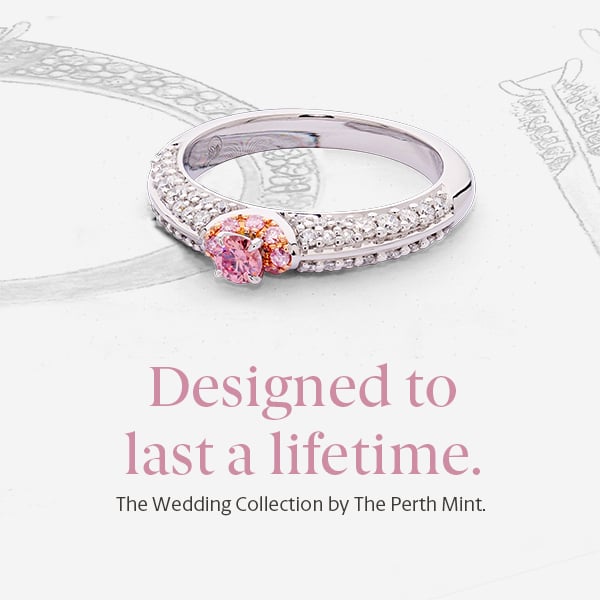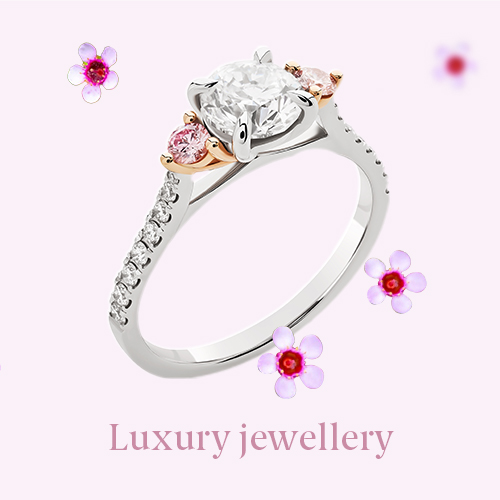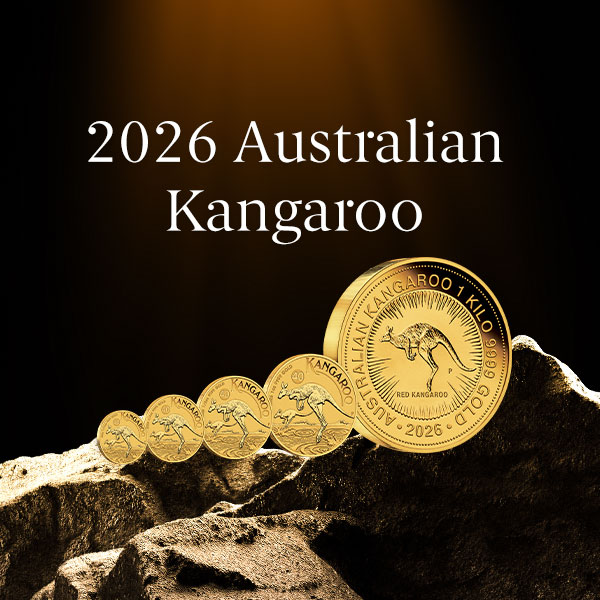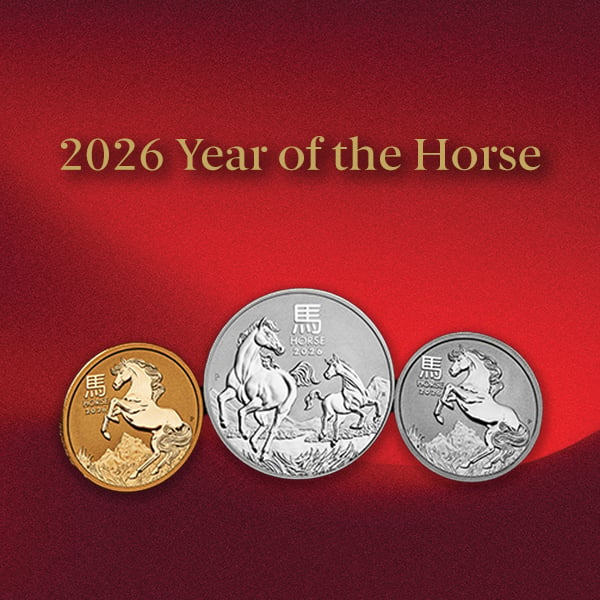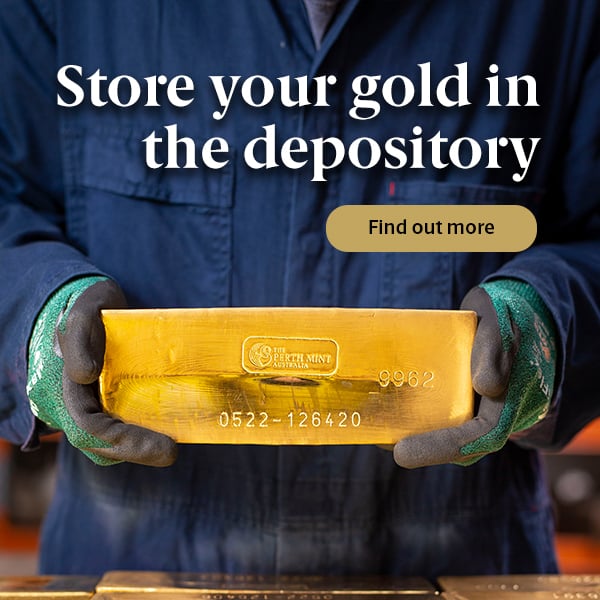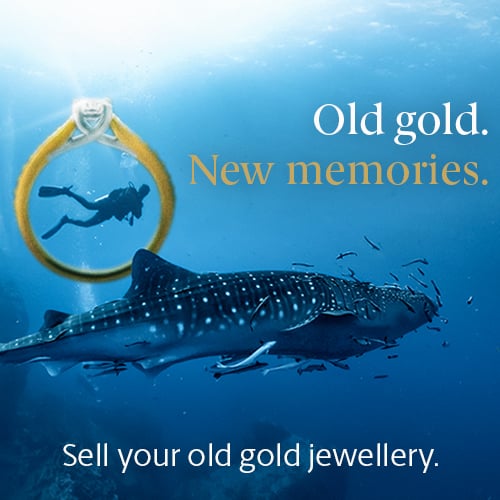Iconic moments in The Perth Mint’s history
![]()
From our inception in 1899, when we struck our first gold sovereign, to crafting the world's largest gold coin in 2012, every moment is iconic. Alongside moments of prestige and achievement, our past is also coloured by mystery and intrigue, with ghostly rumours and infamous thefts adding to our legacy. Step back in time as we uncover these fascinating tales from our storied past.
Official opening
Sir John Forrest, the Premier of Western Australia, dreamt of turning Perth into a thriving metropolis. To support the explosive expansion of mining, he spearheaded a series of public works, including the Goldfields Water Supply Scheme – a grand pipeline from Perth.
Forrest’s vision extended to the establishment of a mint in Perth, recognising the inefficiency and lost revenue of sending gold to be processed in Sydney or Melbourne. Despite initial resistance and concerns over costs and construction delays, The Perth Mint was built and opened its doors on June 20, 1899.
Marked by its Federation Romanesque architectural style, The Perth Mint became a symbol of progress and prestige. The public’s scepticism turned to pride as the first gold sovereign was struck and handed to the Governor, Sir Gerard Smith – a moment of triumph and historical significance now commemorated within The Perth Mint’s Gold Exhibition.
In the early days, The Perth Mint was tasked with producing sovereigns and half sovereigns for the British Empire. We made an incredible 106 million sovereign coins in the years up to 1931.
Throughout much of the 20th century, we produced hundreds of millions of circulating coins – pennies, halfpennies and shillings, and following decimalisation, 1c and 2c pieces.
Royal proclamation
Dramatic scenes unfolded at The Perth Mint on Wednesday July 24, 1901. The building was decked with Union Jack flags and bunting for the visit of His Royal Highness the Duke of Cornwall and York. Recording the occasion, this highly valued photograph shows the future King George V raising his top hat, with wife Mary of Teck to his right and John Francis Campbell, the first officer-in-charge of The Perth Mint, to his left.
![]()
Gold-loving ghosts
Historic buildings are often said to harbour ghosts, and The Perth Mint is no exception. The apparent presence of ghouls became so troublesome that eventually the Archbishop of Perth was called in to expel the supposed spirits. Who could they be?
Superintendent of The Perth Mint Arthur Ventris arrived in Perth in 1897 with two loyal retainers, including his butler who resided at the top of the stairs. When Ventris retired in 1919 the position was no longer required, which reportedly led to the distraught butler losing the will to live.
In 1938, Deputy Master (Chief Officer) Bertie Gritton dropped dead of a heart attack while returning to his upstairs residential quarters following an evening at the Weld Club.
A few years later, the family of Deputy Master William Rogers reported mysterious noises and feeling an unknown presence brushing past them on the stairs.
Was it an unfortunate former occupant who had been unable to escape the lure of gold?
We’ll never know, but visitors to the Mint would be wise to take a careful look at the staircase in the foyer – just in case an ethereal presence decides to make an eerie return.
![]() Deputy Master Ventris (front row, third from the left) and principal officers of The Perth Mint upon Ventris’ retirement in 1919.
Deputy Master Ventris (front row, third from the left) and principal officers of The Perth Mint upon Ventris’ retirement in 1919.
The Perth Mint Swindle
The subject of books and TV dramas, The Perth Mint Swindle was an audacious gold robbery that gripped Australia for decades.
Perpetrated in 1982, the scheme involved stolen building society cheques which were used to buy gold bullion from the Mint. Valued at more than AUD 650,000 at the time (and many millions at today’s prices), 49 bars weighing 69 kilograms were taken.
Despite denying any involvement, brothers Ray, Peter and Brian Mickelberg were charged and convicted of the theft and sentenced to lengthy jail terms.
After a series of appeals, it was not until 2004 that the Mickelbergs were finally exonerated. Their convictions were overturned after admissions of police corruption and fabrication of evidence. The WA Government paid them AUD 1 million in compensation in 2008.
The crime remains unsolved.
The world’s largest gold coin
The making of the 2012 Australian Kangaroo One Tonne Gold Coin was an impressive achievement for our team. Cast from 99.99% pure gold, the solid piece measures 80 centimetres in diameter and 13 centimetres thick. Portraying the famous Australian Kangaroo design and the effigy of Queen Elizabeth II to signify its legal tender status, the giant piece made international headlines in 2012 when Guinness World Records confirmed it as the world’s largest gold coin, which it remains to this day.
The public has the opportunity to marvel at its impressive dimensions as part of The Perth Mint Gold Exhibition. With the price of gold soaring in recent times, you’ll be looking at a unique object with an intrinsic gold value of more than approximately AUD 120 million.
![]()
Olympic champions wear Perth Mint gold
Australian athletes shone at the Sydney 2000 Olympic Games with 16 gold medals, all of them produced here at The Perth Mint.
The gold medals for the “best Games ever” were crafted by experts in the coining department who knew that the remarkable pieces would be treasured forever by some of the world’s best athletes, including Cathy Freeman, Ian Thorpe and Susie O’Neil.
A total of 750 gold medals were made from 99.99% pure silver, each plated in six grams of gold. A closely guarded example is displayed in the Mint’s Gold Exhibition alongside silver and bronze versions all portraying a representation of the Sydney Opera House.
![]()
The ‘renaissance’ of The Perth Mint
1 July 1970 can be seen as the beginning of The Perth Mint’s ‘renaissance’ – or rebirth.
From its inception, the Mint was a branch of Britain’s Royal Mint, but on that date ownership was acquired by the State government. Without such a significant step, the Mint’s emergence as one of the giants of the modern precious metals industry may never have occurred.
With the freeing of gold for private trading in 1976, rising gold prices, and a boom in the supply of newly mined gold in the 1980s, the ambitious government of the day saw an opportunity to infuse its ‘lazy asset’ with new technology and new talent. Plans emerged for a bullion coin program aimed at a lucrative global market. The vision aimed to make Perth “one of the major bullion centres of the world”.
Considering the right to make legal tender coinage was traditionally the responsibility of the Commonwealth, the announcement of the Australian Precious Metal Coin Program – to be made and marketed by The Perth Mint – was a significant achievement for Western Australia.
A new corporate entity, Gold Corporation, was established and the Australian Nugget gold bullion coin program was launched by then Prime Minister Bob Hawke on 23 June 1987. Sales exceeded expectations, with 155,000 troy ounces traded on the first day.
For the Western Australian public, the Mint’s transformation meant that for the first time they were able to step inside our historic building to buy and sell precious metal products.
![]() The Australian Nugget gold bullion coin program was launched by Prime Minister Bob Hawke on 23 June 1987.
The Australian Nugget gold bullion coin program was launched by Prime Minister Bob Hawke on 23 June 1987.
Our fascinating history has been brought to life as part of the Lotterywest Boorloo Heritage Festival 2025. The now SOLD OUT after-hours theatrical experience by THEATRE 180 was written by Jenny Davis and co-presented by The Perth Mint and City of Perth.
Want to stay up to date with the latest news and more exclusive events at The Perth Mint? Sign up to our newsletter today: Sign up for news



